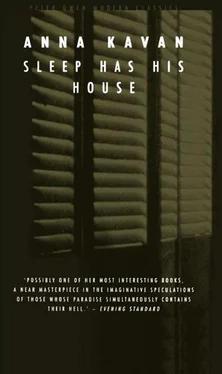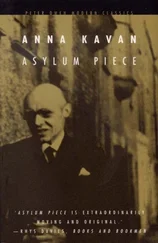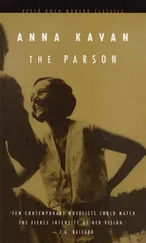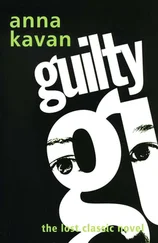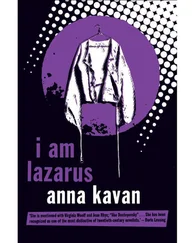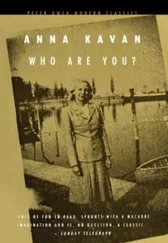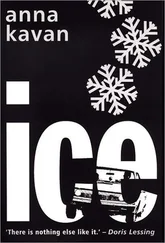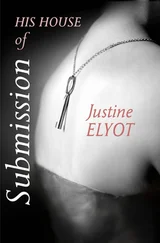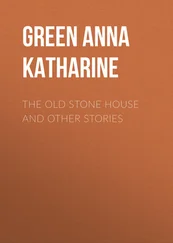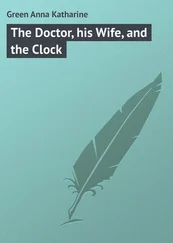Books continue to be written in one truth and read in another. The radio announces various kinds of truth to suit every listener. Atomic warfare is true and so is the Sermon on the Mount. Truth is everywhere, in everything, all the time. That’s why it’s true. It’s true that all this is obvious and has been said often before. That truth’s as true as any other truth too.
The artist paints his picture to suit himself or his client. The artist. Yes, well, let’s have a look at him now.
The artist. Traditional with beard, corduroys, big black hat, bohemian scarf. Or, if you prefer it that way, elegantly turned out in a thirty-guinea suit tailored by Simpson, Simpson, Simpson & Simpson of Savile Row. Anyhow, the artist. As a young man. Full of enthusiasm and theories and alcohol and amours. As an old man. Successful, and respectfully badgered by publishers for autobiography: or nondescript and obscure. Or forty and frustrated and amused-not-so-amused-by-it-all. The artist, anyway.
He turns his back upon Fitzroy Square and walks south down Charlotte Street with his slouching or affected, or jaunty or casual, or alert or pompous, or resigned or aggressive, or indifferent or weary step. Past the art dealers and the window full of rubber devices; past the delicatessen and the tobacconists and the sensational news placards (if not cricket results must be death and destruction tall on the placards); past the cheap restaurants, past the dirty curly-haired kids playing hopscotch. Past the dead tower (dead as all the dead days, Oxford or else Montmartre; dead ones, you who were with us in the ships at Mylæ, who had amaranth breath, who had death in the veins, dead living before the world died; dying now no longer); past the fabricators of steel candelabra.
Into Geo. Rowney & Co’s. Or Winsor & Newton Ltd., Rathbone Place. It’s really quite immaterial which because he can get any material that he wants in the way of material at either of them. Unless of course he prefers the products of M. Lefranc, in which case he may have to walk a little bit farther or maybe not if the truth were known.
As a matter of fact it isn’t anything in the paint line that he’s after just now. Not water colour or oil, artist’s or student’s or decorator’s, in any language whatever; so it’s simply a waste of breath to offer him deep ultramarine, outremer fonce, oltremare scuro, ultramar obscuro, etc.
What interests him today is a good large sheet of Whatman paper with a fairly rough surface and not tinted any colour at all: which he fastens upon the skyline with four drawing pins, punaises or thumbtacks, according to the country he’s in at the moment: and proceeds to apply a fast wash which runs down in a double-toothed dragon’s back of black trees ridging steep foot-hills, iron-black mountains behind, down to the bottomless cañon of black-green water. A sombre landscape eventuates, worked out in blacks and greys and the very gloomiest shades of viridian. A scowling sky, ominous mountains, water cold, still and solid-looking as ice, trackless fir forests, the fine spray from the gigantic waterfalls fuming slowly like ectoplasm. No sign of life, no living creature visible anywhere. Only the forbidding and desolate silence, deathliness, of this mountainous far-off region. Till suddenly bursting from the high crags, soaring and planing above the highest pinnacles, two great birds, eagles most probably, swoop together into an extraordinary and desperate aerial encounter; plunging down headlong together, and all the time reciprocally involved, diving through a thousand feet of pure frozen emptiness, righting themselves, it seems miraculously, at the very last moment before crashing into the water, to glide interlocked over the surface, without effort, without the faintest perceptible winging, at the culmination of their appalling love flight.
With a dégagé flip of the palette knife the paper’s off and making way for a clean sheet. This time the artist has changed his style. No more romantic gloom, no more melodramatics. This time it’s a street scene that’s delineated; or rather, a part of a street scene, a shop window, a toy shop window to be precise, with a Noah’s ark in the middle. Up the gangway the animals troop, there isn’t an odd one among them, everything’s in perfect order, not a single mistake, no two of the same sex, not even the earthworms, though heaven knows one might easily make a slip. Last of all Mr. and Mrs. Noah shoulder to shoulder and carrying between them a pair of huge indescent shells stuck together like jujubes. In they go, the doors slam, Gabriel sounds his horn, the lady evangelist with gold voice and armour-plated bosom breaks a bottle of champagne over the bows to complete the launching. Don’t deplore the extravagance, friends. Replenishing the earth is no picnic, and it wasn’t the best champagne anyway.
Not the incomparable Moet & Chandon Dom Perignon Cuvée of 1921; or the great Lanson of that same year; or the magnificent Moet & Chandon Imperial Crown English Market. Not even one of the 1928s; such as a Perrier Jouet, or a Pommery & Greno, or a Bollinger, or a Krug, or an Ernest Irroy, or a Pol Roger, or a Clicquot Dry England, or a Heidsieck Monopole.
Don’t worry, folks, there’s plenty more where that came from, could be magnums, could be jeroboams. The fashionable wedding breakfast’s overflowing with gold-necked bottles in coolers, with orchids and caviare and diamonds and pearls and the creations of the most exclusive-expensive couturiers and the perfumes of a royal prince. Don’t ask awkward questions, comrades. Don’t bring all that up again now. We’ve got to increase the population somehow, haven’t we? Otherwise how are we going to keep on fighting everyone everywhere all the time?
Under striped awnings the wedding guests depart; in cars, in bars, they re-shuffle, re-sort themselves for the night. The old act is on: Boy meets Girl, at smoky parties, in public conveyances, in the best hotels, in the lowest boozers, in suburban parlours, on park benches, under viaducts. And steady trains of midgets march behind.
Off comes the paper again. And now the artist seems to be impatient. It isn’t enough just to rip off the sheet and leave it wherever it happens to fall. This time he has to tear it into very small pieces, crumple the scraps in his hand, and throw them peevishly into the grate along with the cigarette ends and the empty cigarette packets, the spent matches, the paint rags, the flattened and finished tubes. Perhaps he’s a trifle hung-over this morning. Perhaps the breakfast coffee wasn’t strong enough; perhaps he really needed a couple of doubles to start the day with; perhaps there were too many bills in the morning mail; perhaps his wife walked out on him yesterday; perhaps he’s just happened to catch the eternally calm clear eye of one of the Heaven-Born. Or perhaps it’s one of a million other possible trials which accounts for the dissatisfaction he feels with his own efforts.
After all, they do these things much better on the moving pictures. So let’s turn to the dream screen, which displays simultaneously three superimposed themes.
The most remote of these presumably should be the one used as background, very frail, very underemphasized, ranks of uniformed figures marching on a diagonal slant from upper right to lower left. These figures are exactly similar, featureless, diminutive, uncoloured, like the outline drawings used in demonstrating statistics. The ranks are evenly spaced, extending across the whole screen; they march throughout at a regular medium pace, raising their legs in a modified goose-step. The effect on the eye of this transient army is no more disturbing than a background of falling snow or continuous heavy rain. The background does not fade or solidify: it is not modified in any way by the development of the other two themes; nor is it ever extinguished by them.
Читать дальше
